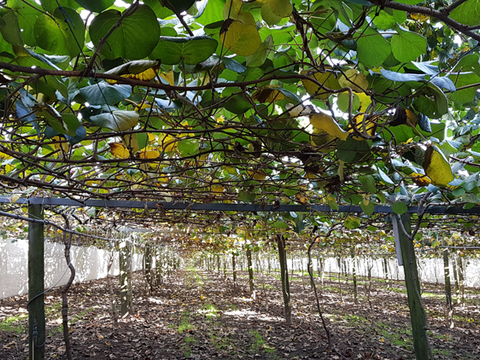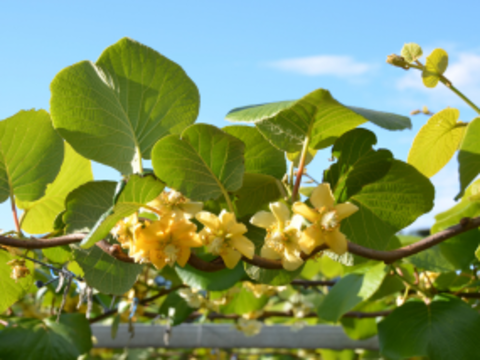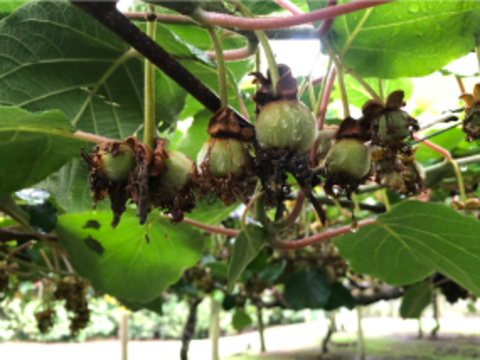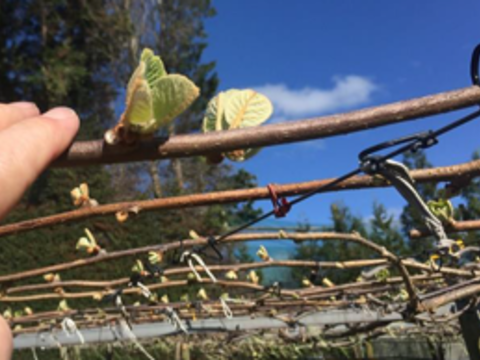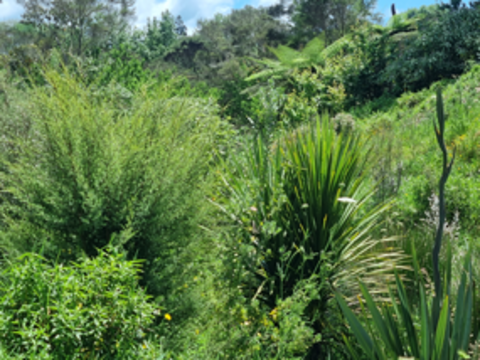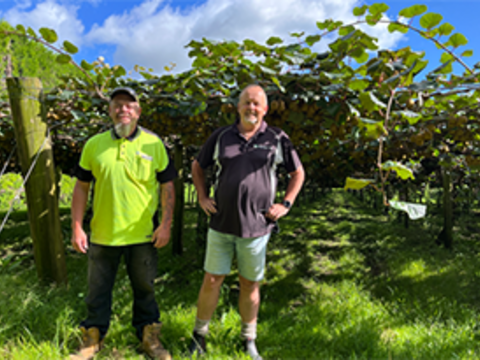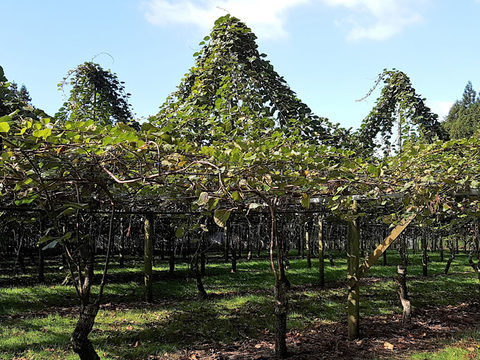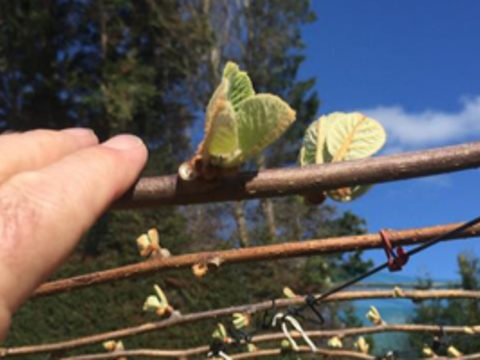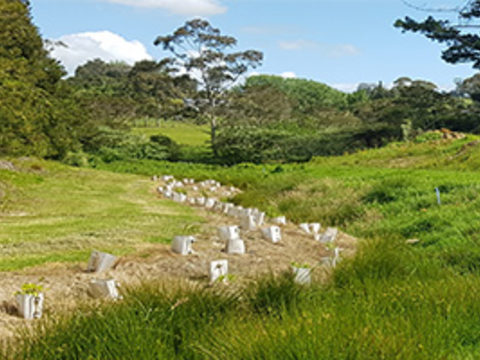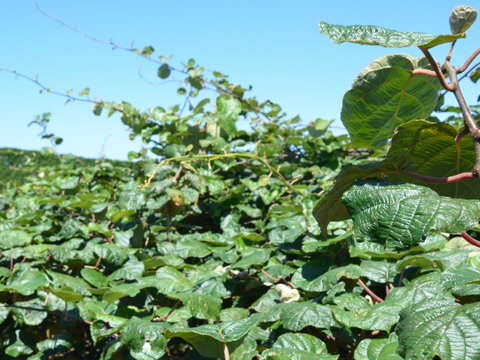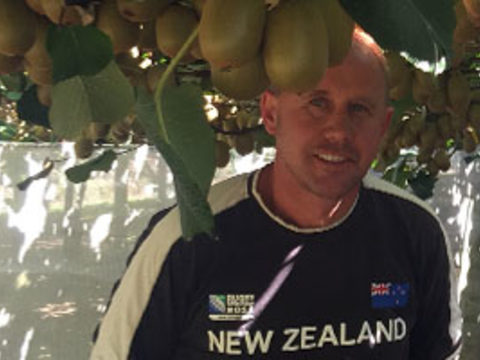Monitoring continues at Operation Pollinator™ sites
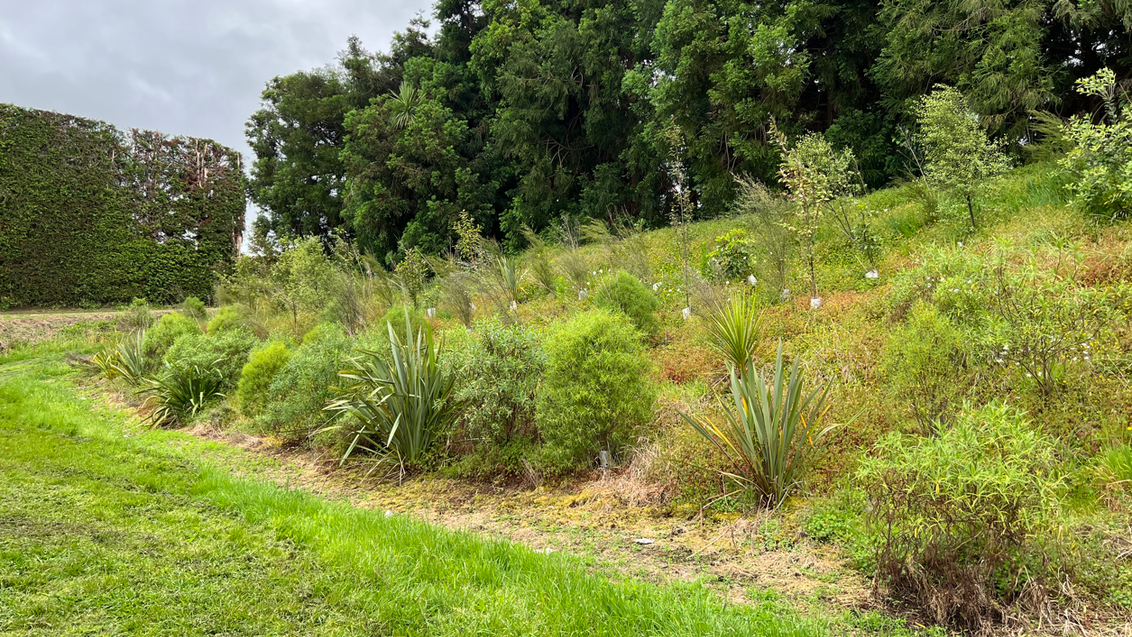
Monitoring at Operation Pollinator™ sites has now been completed for the third season. Locally sourced species were planted on three sites in September 2020, in unused orchard areas close to the canopy. These sites now form the basis of the local Operation Pollinator™ project where native planting sites are now establishing well.
Surveys began at two Bay of Plenty blocks in 2019, prior to the establishment of native plantings in 2020. In 2021, a Kerikeri block was added to the project having already had an array of the recommended natives planted.
In this monitoring phase of the project, Raeleen Watherston, Customer Marketing Lead at Syngenta, enlisted the help of the Fruitfed Supplies Crop Monitoring team in Bay of Plenty to monitor the two Bay of Plenty sites.
“Training and resources were supplied by the Plant and Food Research team, led by Dr Brad Howlett from Lincoln, who had previously conducted the monitoring. I was pleased we could utilise the services of a local and very professional monitoring team, led by Anton Herselman, the regional Crop Monitoring Coordinator.”
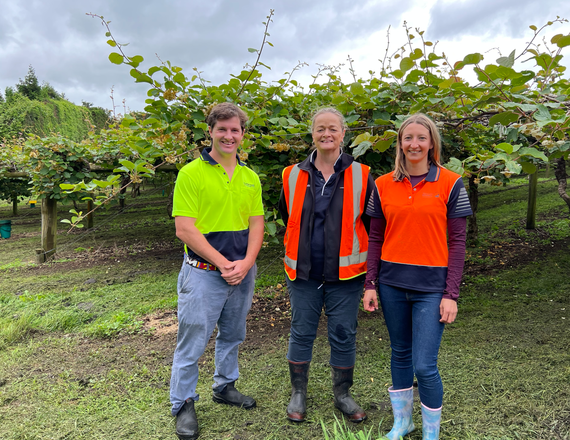
The data collected over the three-year survey period shows that honeybees have remained the most abundant pollinator visiting flowers in all orchards. Every year, the observation surveys have recorded higher richness of pollinator species at the native-planted blocks compared to the control blocks, although results differed slightly between locations.
This year, the feedback from those monitoring indicated that insect traps in the native-planted sites had greater diversity of insects verses the control sites where there the diversity of insects was very low. This continues the trend of previous years.
In November 2022, unsettled weather over the flowering period provided some challenges for monitoring at sites. Monitoring scout Shirley, saying she quickly established the significant impact the weather experienced during the trials was having on insect presence in the orchard. “The variance of different insects visiting the kiwifruit orchards was quite enlightening and it was a pleasure to be part of this trial work.”
Anton Herselman describes the Operation Pollinator™ project as a great learning and development opportunity for himself and the monitoring scouts. “We got the chance to learn more about a range of beneficial pollinator insects which are so important to pollination and production within the orchard. Our teams would normally be focused on insect pests which cause production loss and damage within the orchard, or offer beneficial predatory control of pest insects.”
Anton adds: “This trial highlights the importance of developing and maintaining vegetative biodiversity around the orchard in order to attract beneficial pollinator insects.”
Operation Pollinator™ results will be published on the Syngenta website once the sample analysis and final report has been completed by Plant and Food Research.

